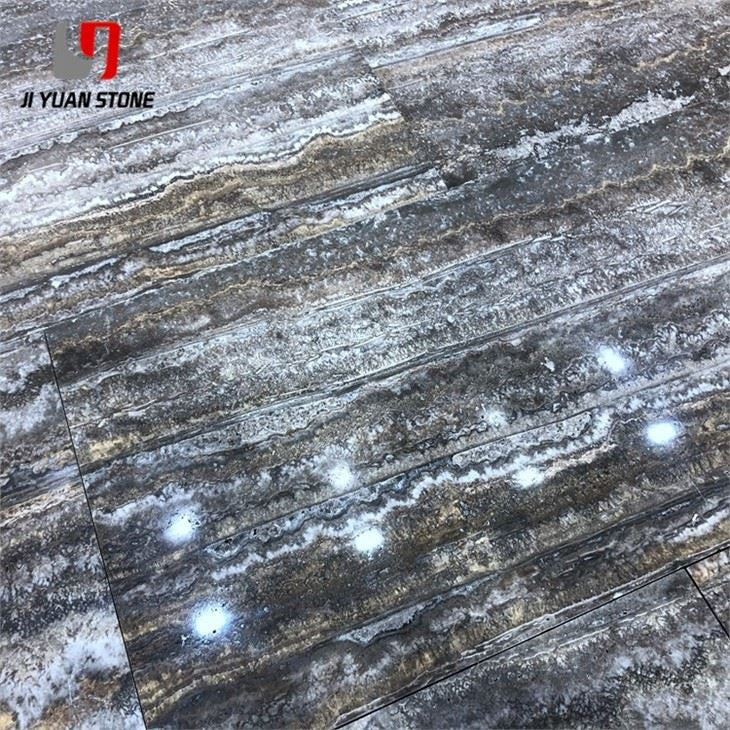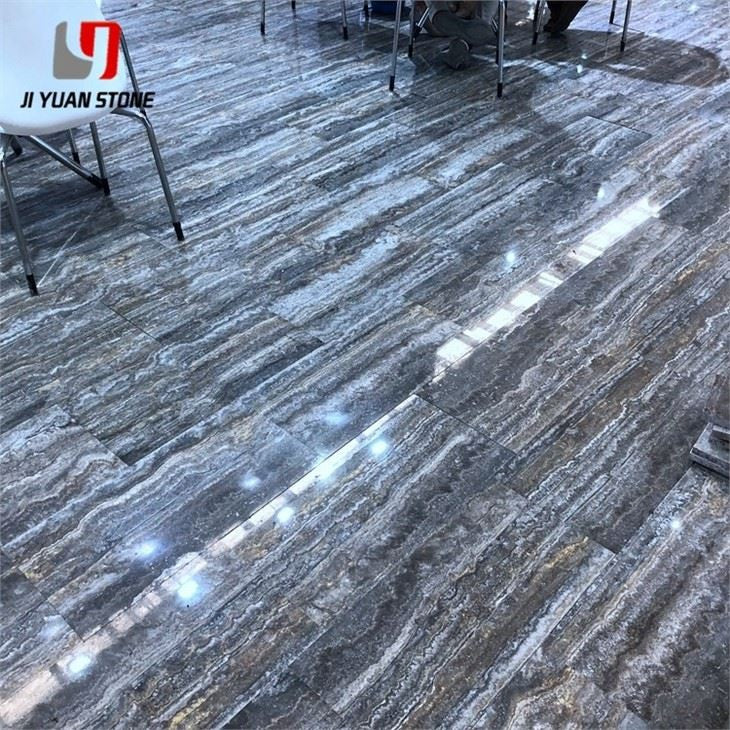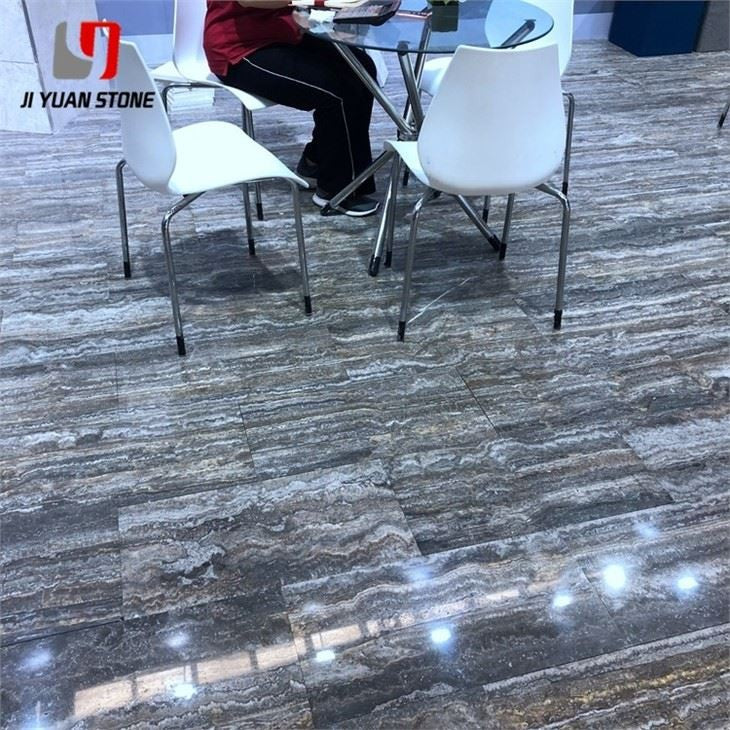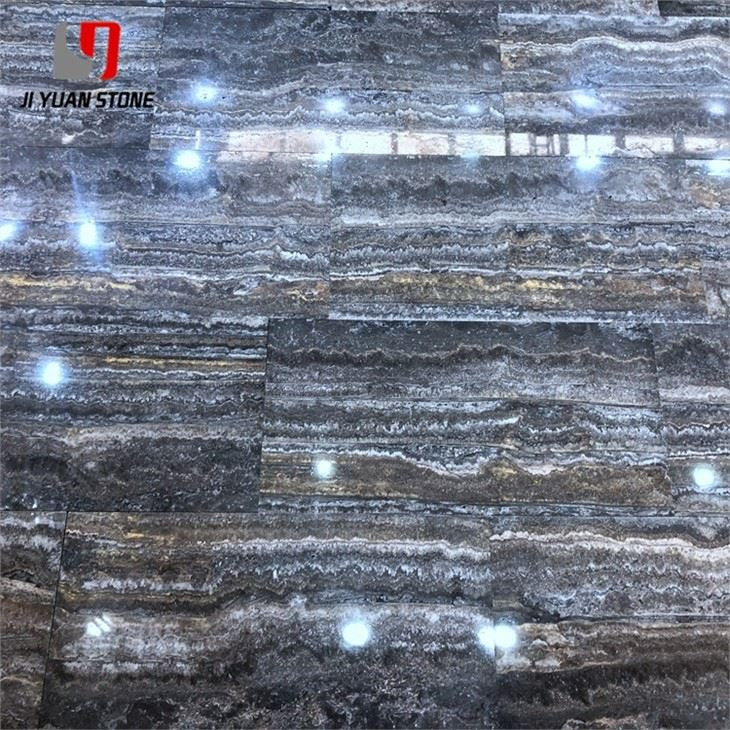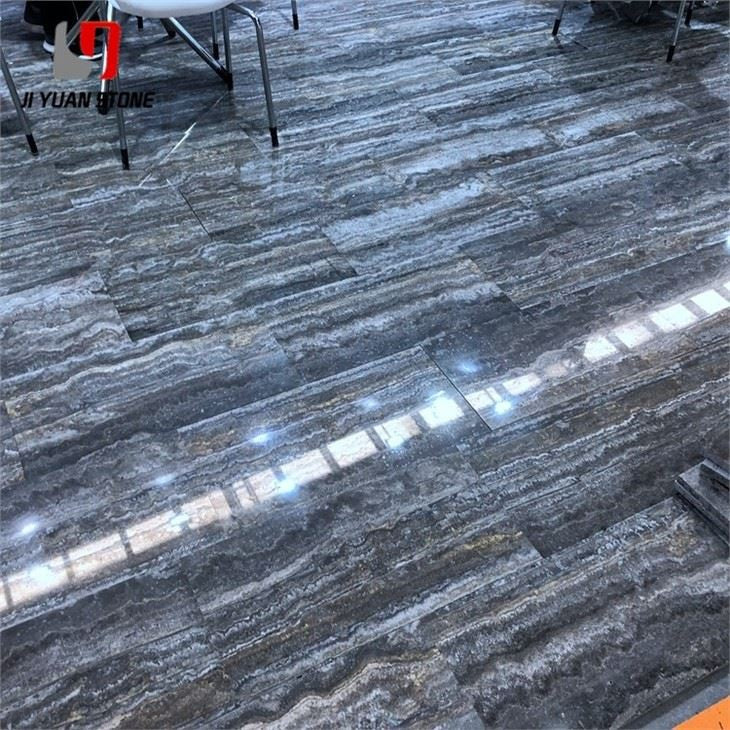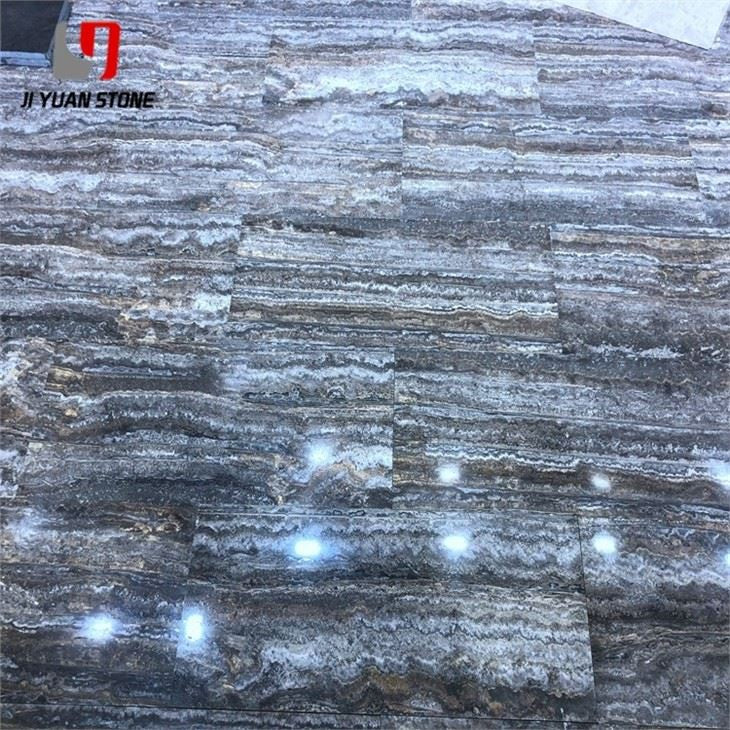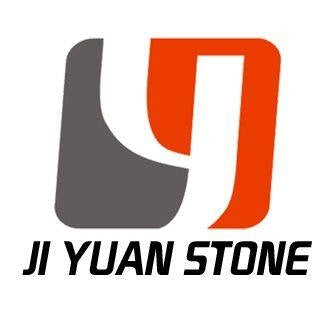Roman Travertine
Roman Travertine
Roman Travertine – Timeless Strength, Precision-Crafted for Russian Markets
Roman Travertine is a highly durable and versatile natural stone perfect for interior and exterior design projects. Its timeless beauty and unique color variations make it a popular choice for flooring, countertops, and wall cladding. With its impressive strength and luxurious appearance, Roman Travertine brings elegance and sophistication to any space.
| Feature | Details |
|---|---|
| Material | Natural travertine |
| Colour | Silver, Grey |
| Thickness | 15mm , 16mm , 18mm , 20mm or customized |
| Slab sizes |
|
| Tile sizes | 300x300mm ; 600x600mm; 450x450mm etc |
| Surface | Polished |
| Edge processing | Machine cutting, round edge etc |
| Packing | Seaworthy wooden crate, pallet |
Known for its historical elegance and exceptional durability, Roman Travertine remains one of the most sought-after stones in modern architecture. Whether for residential use or public buildings, this stone’s classic look and structural strength make it a popular choice—especially in climates like Russia where freeze-thaw conditions demand thicker, high-performance material.
📦 Russian Plate Market & Roman Travertine Construction Techniques
✅ Russian Plate Market Overview
Russia’s demand for Roman Travertine has grown consistently, with evolving acceptance of varied sizes and thicknesses due to industry competition and performance needs.
-
Preferred Thickness:
The Russian market primarily uses 2cm thick plates. While 1.8cm plates were initially rejected, they’re now accepted thanks to pricing competitiveness from Shuitou exporters.
Common Sizes:
- 300×300mm
- 305×305mm
- 400×400mm
- 300×600mm
- 400×600mm
- 400×800mm
(Larger sizes are used less frequently due to thickness and durability requirements.)
Thickness Variations by Use:
- Standard boards: 2cm thick
- Small-format tiles: 1cm–1.5cm thick
- Large slabs or custom pieces: up to 2.5cm or 3cm
🛠️ Deep-Processed Product Demand in Russia
Russian buyers often request deep-processed Roman Travertine, making it essential for suppliers to meet a broad range of custom fabrication needs, including:
- ✔️ Special-shaped travertine panels
- ✔️ Sculptural carvings
- ✔️ Tombstones
- ✔️ Fireplaces
- ✔️ Wash basins & countertops
- ✔️ Door & window casings
🧼 Roman Travertine Renovation & Grinding Techniques
Due to the porous nature of Roman Travertine, specific polishing and waterproofing steps are critical for longevity and aesthetics.
🧩 Step 1: Joint Filling Before Polishing
- Ensure tight seams and structural integrity.
💧 Step 2: Pre-Caulking Waterproof Treatment
- Why? Polishing introduces water into the pores.
- Problem: Trapped moisture causes water spots, back alkali, white blooms, and yellow stains.
- Solution: Allow stone to dry thoroughly before sealing.
🔒 Pro Tip: Double Waterproofing
- For high-moisture areas or outdoor use, apply a second waterproof layer after 800# grinding to lock in durability and prevent discoloration.
🏗️ Why Choose Our Roman Travertine?
- ✅ Russian market–approved thickness & sizing
- ✅ Highly workable for carvings, countertops & architectural elements
- ✅ Expert grinding and sealing processes
- ✅ Available in custom cuts and bulk orders
- ✅ Competitive pricing from trusted quarries
Bring classical sophistication and proven durability to any space with premium Roman Travertine slabs—built to withstand, designed to impress.
✔️ Built for Russian climates. ✔️ Processed with care. ✔️ Ready for custom use.
Share
